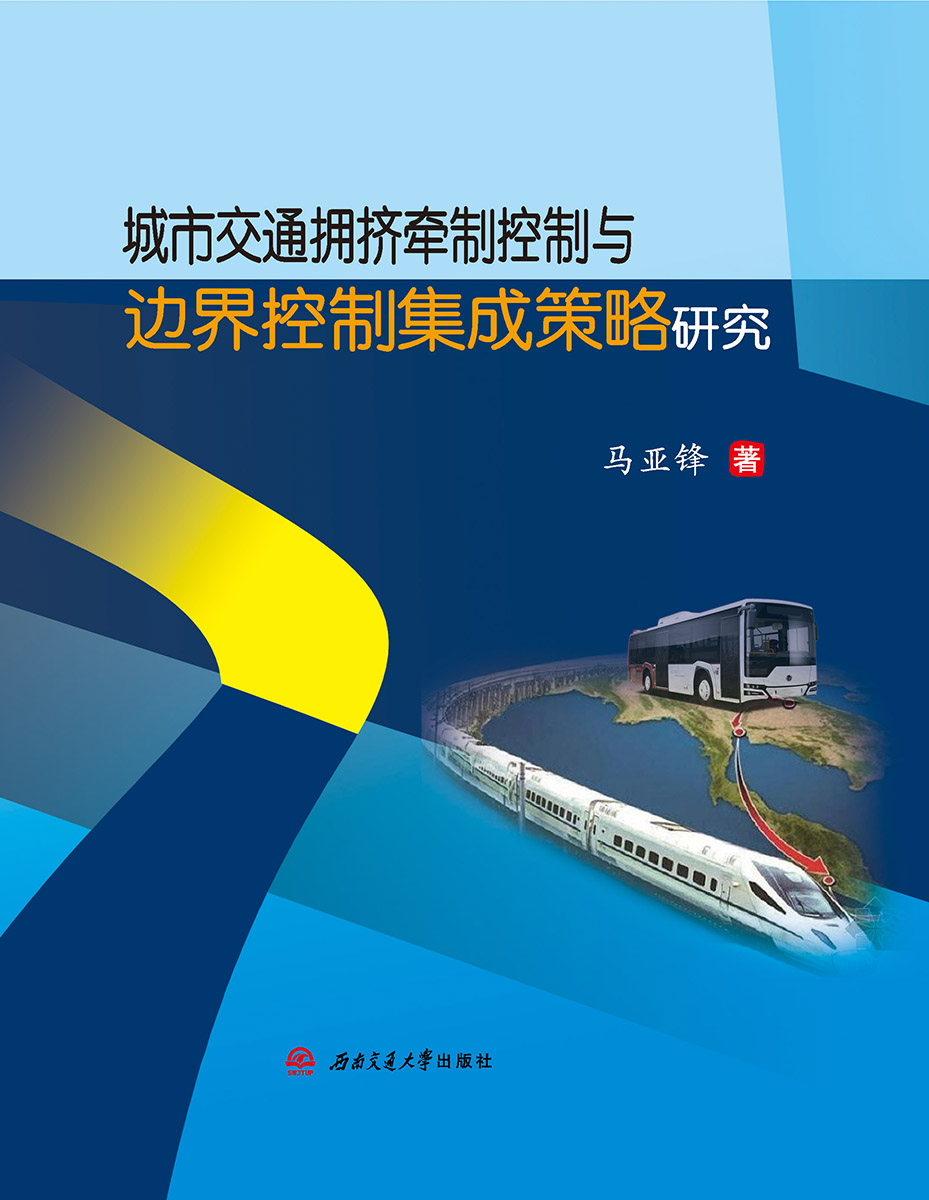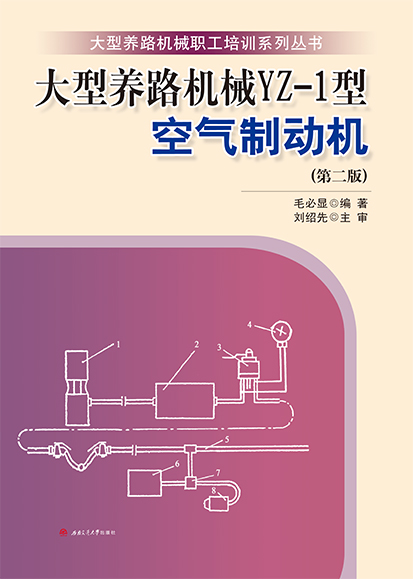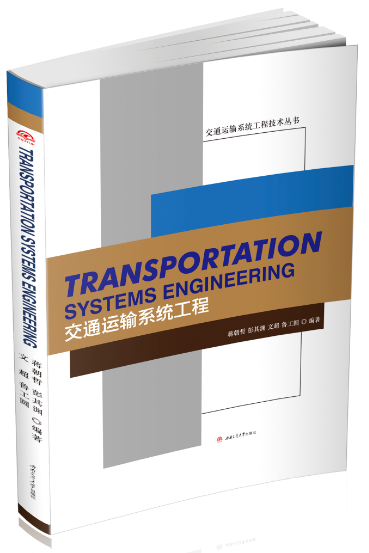-
 城市交通拥挤牵制控制与边界控制集成策略研究
城市交通拥挤牵制控制与边界控制集成策略研究作者:马亚锋
本书是在城市交通拥堵形成机理、测度及控制等研究成果的基础上撰写而成的,是国家自然科学基金青年基金项目“考虑能控性及受控过程稳定性的城市交通网络拥挤控制模型与方法(52002127)”、教育部人文社科青年基金项目“城市交通拥挤牵制控制与边界控制集成策略研究(19YJC630121)”的成果体现。本书内容主要包括城市交通拥堵形成机理分析、测度理论,区域交通拥堵内部牵制控制,多子区交通拥堵边界控制等。本书的出版旨在为城市交通拥堵测度提供一种新的思路,并总结交通拥堵控制领域的相关理论及研究成果,为稳定、可靠的城市交通系统网络控制提供理论依据和方法支撑。本书适合本科院校、研究生以及交通管理从业人员用作参考书籍。
-
 大型养路机械YZ-1型空气制动机(第2版)
大型养路机械YZ-1型空气制动机(第2版)作者:毛必显
本书较为详细地介绍了YZ-1型空气制动机的组成、工作原理,制动机的综合作用、检修、试验、故障处理以及基础制动装置的设计校核、制动压力计算、制动距离计算等方面的内容,能较好地满足大型养路机械操作人员中级工、高级工、技师、高级技师四个等级技能培训的需要,对大型养路机械的正确使用、检修等工作也具有较好的指导作用。为兼顾对进口大型养路机械制动系统的认识和掌握,书中还编写了 DB-60 型制动机的结构与工作原理等内容。
-
 城市轨道交通票务管理
城市轨道交通票务管理作者:罗艺斌, 古义权, 张宝, 主编
本书为中高职城市轨道交通运营管理类教材,适合面向城市轨道交通票务工作岗位学员使用。本书依照国家职业教育要求,充分结合广州地铁运营经验,图文结合,从票务概述说起,介绍车票及票务管理知识、涉及的票务设备等,课后附有思考题。全书以任务驱动内容的方式展开内容,注重适用性、实用性、真实性,能较好满足职业教育重技能轻理论的特点,建议予以出版。
图书分类
Book classification- 本书介绍了交通运输系统工程的方法和应用,主要内容包括交通运输系统分析,交通运输系统模型,交通运输系统预测,交通运输系统网络分析,交通运输系统仿真,交通运输系统决策,交通运输系统决策支持,智能运输系统等9个章节的内容。本书系交通运输类专业核心研究生课程的英文版教材,可适用于交通运输相关专业的本科生、研究生,以及工程技术和管理人员学习和参考。
- Preface
Since the 1970s, with the development of science and technology, as well as the social progress, more a...查看更多
- 1.1 System Engineering
1.1.1 Conception of System
Which era do our human beings live in? How can we ...查看更多
-
CONTENTS
Chapter 1 Overview of Transportation System Engineering 1
1.1 System Engineering 1
1.2 Transportation Syst...查看更多 - 蒋朝哲: 西南交通大学 副教授 交通运输系统 国家省部级及横向课题20余项,论文发表60余篇,其中被SCI,EI,ISTP收录近20余篇。
彭其渊:西南交通大学 教授 国家级教学名师





